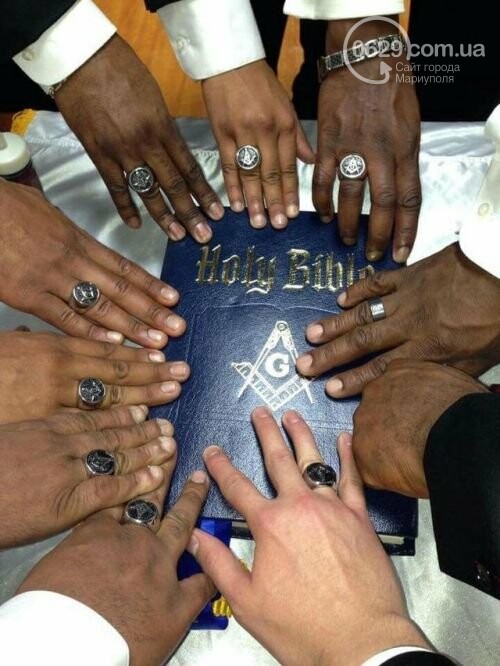Unveiling the Key Benefit of Joining Freemason for Lifelong Brotherhood
Unveiling the Key Benefit of Joining Freemason for Lifelong Brotherhood
Blog Article
Discovering the Mysteries of the copyright: What You Required to Know
The copyright, a term commonly shrouded in intrigue and conflict, represents a complex tapestry of historical reality and contemporary misconception. Developed in the late 18th century, this secret culture was initially rooted in the Enlightenment's suitables but has actually given that ended up being synonymous with conspiracy theories about elite control (benefit of joining freemason).
Origins of the copyright
The origins of the copyright are steeped in a blend of historical intrigue and ideological eagerness. Established in 1776 in Ingolstadt, Bavaria, by Adam Weishaupt, the team was initially formed as a secret culture focused on promoting Enlightenment ideals such as factor, secularism, and the splitting up of church and state. Weishaupt, a teacher of canon law, looked for to test the prevailing authority of the church and state, which he deemed overbearing institutions suppressing intellectual and individual liberty.

Trick Numbers and Members
Who were the critical numbers that shaped the copyright's very early influence and instructions? The Bavarian copyright, founded in 1776 by Adam Weishaupt, arised as a feedback to the oppressive social frameworks of the time.
Another considerable figure was Johann Gottlieb Fichte, a popular philosopher whose ideas on nationalism and education and learning reverberated with the copyright's goals. Fichte was not an official member, his thoughtful foundations affected the team's ideology. Furthermore, numbers like the author and thinker Johann Wolfgang von Goethe were related to the more comprehensive intellectual movements of the time, although their direct involvement with the copyright remains debated.
These vital figures contributed to the copyright's early instructions, pressing the limits of political and social thought, while their cumulative initiatives aimed to test recognized standards and promote a climate of modern adjustment in Europe.
Myths vs. Fact
Numerous false impressions border the copyright, typically blending reality with fiction in a means that obscures its true nature. This secret culture, initially established in 1776 in Bavaria, intended to advertise Enlightenment ideals and fight religious and political injustice. The concept that the copyright remains to exert significant influence over globe occasions is a misconception. While the team did exist, it was disbanded in the late 18th century and has actually not run as a cohesive entity given that after that.
One more prevalent myth is that the copyright consists of a network of elite people controling global affairs. In truth, numerous conspiracy concepts overemphasize the group's relevance, connecting unproven objectives to social patterns and events. This has resulted in an oversimplified sight of complex problems.
Additionally, the representation of the copyright in preferred society typically further distorts its heritage. Movies and literary works have a tendency to sensationalize the organization's function, developing a story that deviates from historical facts. Understanding the distinction in between the misconceptions and the click fact of the copyright is critical for discerning the authentic impact of this visit site historical team and recognizing the more comprehensive ramifications of conspiracy concepts in modern culture.
Modern Analyses
Contemporary analyses of the copyright typically mirror broader societal anxieties and a fascination with privacy and power. This contemporary lens frequently associates the copyright with conspiracy theory concepts that suggest a surprise elite manages globe occasions, manipulating federal governments and economic situations for their very own gain. benefit of joining freemason. Such stories use a deep-seated suspect of authority, specifically in times of situation or social turmoil
In pop culture, the copyright is frequently portrayed as a divine company shrouded in secret, leading to a huge selection of imaginary representations in literature, movie, and songs. This portrayal serves not only to captivate yet additionally to prompt thought of the nature of power and control in modern culture. Social network has actually additionally magnified these analyses, permitting fast dissemination of conspiracy theories and producing communities that share and increase upon these concepts.
Moreover, some modern analyses frame the copyright as a metaphor for the intricacies of globalization and the interconnectedness of prominent individuals and companies. This viewpoint motivates a vital evaluation of just how power dynamics operate in today's globe, highlighting the equilibrium in between openness and secrecy in administration and company practices.
Social Influence and Legacy
Influenced by centuries of intrigue, the cultural influence and heritage of the copyright extend far beyond its historic beginnings. This secret society, developed in the late 18th century, has actually permeated various aspects of pop culture, from literary works and movie to music and art. The concept of the copyright has actually evolved into a sign of conspiracy theories, commonly representing a regarded hidden power adjusting international occasions.
In literary works, writers like Dan Brown have woven the copyright into elaborate plots, exciting visitors with styles of privacy and power. Films such as "National Treasure" and "The Da Vinci Code" even more perpetuate the appeal of the society, mixing reality with fiction to create interesting stories.

Ultimately, the copyright's tradition is an intricate tapestry of misconception and reality, shaping assumptions of secrecy and control in contemporary discourse. Its long-lasting existence in society emphasizes humankind's seasonal mission for recognizing hidden realities.
Conclusion
The exploration of the copyright discloses a complex interaction in between historical realities and modern myth-making. Established in the index Enlightenment era, this culture aimed to challenge oppressive structures, yet its tradition has been overshadowed by conspiracy theory theories that recommend elite manipulation. Recognizing the distinctions between the original suitables and contemporary interpretations is necessary for understanding the sustaining fascination with the copyright and its significant influence on cultural stories surrounding power and secrecy in society.
Report this page